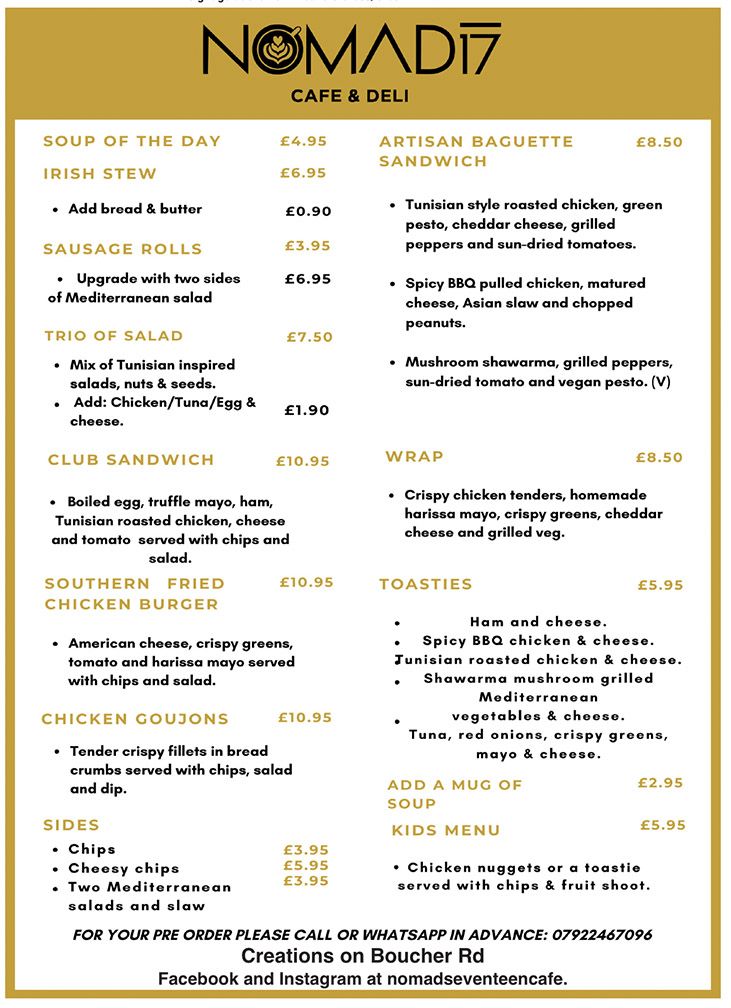Do you ever notice how we are biased towards negativity? I myself operate sometimes as if I have the mental power to predict what others are thinking — and then find myself, 99 per cent of the time, wrong.
It’s almost as if I’m programmed for drama or crisis; as if I’ve always got to be on high alert for the worst possible scenario. In the mindfulness perspective, this is called 'catastrophic thinking'. Through practice we are able to switch gear from predicting to accepting, from doing to being; which inevitably enables us to tune into the beauty of this moment.
Which reminds me of a story I was told by my good friend and teacher Paul Haller. 50 years back, way before high security at airports, an aeroplane flying from New York to San Francisco would land midway to refuel. On landing, the pilot would inform the passengers that it would take an hour to refuel and they could disembark and go on the tarmac for a walk to stretch their legs.
How many times do we jump to conclusions in that way? How often do we arrive at the worst case scenario without the full facts?
Paul told me that the passengers got off the plane but as the pilot was walking through the aisle he noticed there was a passenger sitting in her seat. That passenger was a lady called Betty who was a frequent flyer and who was blind.
The pilot asked Betty if she would like to link his arm and go for a little walk and stretch her legs. Betty thanked the pilot for his kind offer but declined, with a polite "no thank you". However, she asked the pilot if he "could take Buddy my guide dog for a walk and let him stretch his legs?"
The pilot replied ‘yes! and he put the lead on Buddy for a walk. When he was standing at the exit door, he was spotted by the passengers on the runway who saw a man wearing a pilot's hat, dark glasses and being led by a guide dog. Needless to say, some insisted they wouldn't get back on the plane.
How many times do we jump to conclusions in that way? How often do we arrive at the worst case scenario without the full facts? Through mindfulness practice we allow ourselves to see things differently—practice allows us to open our eyes to the beauty of this moment and realise that reality can be kinder than our thinking.
A good mindfulness grounding exercise is a five minute exercise that can slow your breathing, reduce your heart-rate, and stop catastrophic thinking in its tracks.
It's not going to solve the problems on your to-do list, but you'll probably feel better equipped to deal with them. Five minutes is all you need (you can even set the timer on your mobile phone) to engage your senses and get a foothold on your day.
1. Relax: Sit in a comfortable upright position with your feet planted flat on the ground. Rest your hands on your thighs or on your desk.
2. Breathe: Just breathe. Refreshing, comfortable, and even breaths. Don't worry about technique, just allow relaxing breaths to enter deeply and exhale fully.
3. Engage: It's time to engage each of your five senses, one at a time, for at least one minute each. You can keep a clock handy or just estimate. The point here is to focus on the present moment and how each sense is being activated in that moment. You might start like this:
Hearing: Begin to relax by just noticing all of the sounds around you. Give yourself permission to suspend your judgment of the sounds. They are not good or bad, they just are. Are you now hearing more than you were before you started? Subtle sounds may have previously gone unnoticed. Can you hear them now? Remember your steady breaths while you are listening.
Smell: Now shift your attention to noticing the smells of your environment. Is somebody cooking lunch? Can you detect the fresh air coming in through your window? Try closing your eyes so you can focus on the subtlest of scents.
Sight: If you closed your eyes a moment ago, open them to notice the colors, shapes, and textures of your surroundings. If you really look, just about everything has color variation and texture that may have gone unnoticed. How many shades of blue or red? Any colour missing?
Taste: You can do this one regardless of whether or not you have food to put in your mouth. If you have a snack go ahead and take a small bite, noticing all of the flavours and textures that arise. If you don't have food, just notice your tongue in your mouth, your saliva, and your breath as you exhale. Most of us have tastes in our mouth at all times. Run your tongue over your teeth and cheeks- what do you notice? Keep breathing, one more minute.
Touch: Last one. Where did you place your hands when you first started this exercise? Notice the sensation of where your hands meet something solid like the fabric of your clothes or the surface of your desk. Notice the pressure between your feet and the floor. Try feeling the textures that you noticed by sight a moment ago. To fully ground yourself in the room and bring the exercise to a close, feel several objects on your desk and perhaps even stand up from your chair to bring energy and sensation to all parts of your body.
Time is up. Even when there are distractions during this five-minute exercise, you can gently bring yourself back to your senses. No need to get frustrated when that happens, because a distraction is just another engagement of a particular sense. Incorporate it into the exercise.
How do you feel now? Are you back in the moment and back in your body? Compare how you feel now with how you felt five minutes ago—what has changed?
Just for today, let us focus on what’s right rather than what’s wrong. Just for today let’s be grateful for what we have rather than focusing on what we haven’t. Just for today, let’s choose to be happy.
Thomas Cleary left an amazing legacy of translations, Buddhist and otherwise. “In the first class in his Zen course he said that the aim of learning Buddhism is to learn about learning,” recalls Taigen Dan Leighton in this tribute on the SFZC Blog: https://t.co/n6mAIJ2UbS pic.twitter.com/PAHr27YPqb
— San Francisco Zen Center (@sfzc) July 24, 2021
Finally a little note of tribute to Irish American Thomas Cleary of Oakland, California, one of the greatest translators of books in Buddhism from Japanese and Chinese - who also enjoyed translating from Old Irish. Suaimhneas síoraí go raibh aige.








